In many countries certain animals are still being considered a threat for the population or for their food. Lots of people consider wild animals as a menace instead of looking for a way to live in harmony with them.
Central Asia knows their “ghosts of the mountains” which are killed by farmers in retaliation for attacks on livestock and 20% are trapped by snares set for other creatures. Another 20% are killed for the illegal fur trade, though pelts from snow leopards killed for other reasons are often sold on.

Poachers aren’t the main problem for the snow leopard – Munkhtogtokh Ochirjav, WWF Mongolia
Figure of 220-450 annual deaths could be even higher, as killings by poachers or farmers often go undetected in the remote mountains of central Asia
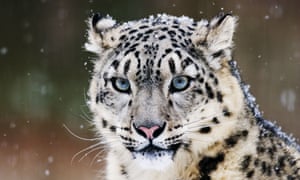
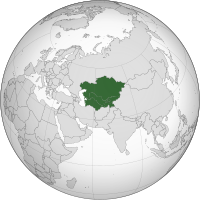 Hundreds of snow leopards are being killed every year across the mountains of central Asia, threatening the already endangered big cat, according to a new report.
Hundreds of snow leopards are being killed every year across the mountains of central Asia, threatening the already endangered big cat, according to a new report.
Numbers have fallen by a fifth in the last 16 years, making it that there are only an estimated 4,080-6,590 snow leopards in the wild, listed as endangered by the International Union for Conservation of Nature (IUCN) because their population is suspected to have declined by 20% over the past 16 years in the 12 mountainous Asian countries they inhabit.
Rishi Sharma, leader of wildlife charity WWF’s snow leopard programme and co-author of the global wildlife trade monitoring network non-governmental organisation Traffic says
“It’s a completely new insight, and provides a very important point for discussion on how to ensure snow leopards are protected.”
She warns
“More than half the killing is not for illegal trade as such, so as long as we don’t address these issues affecting local communities, it will continue.”
But between 220 and 450 are killed each year, found the report from , the wildlife trade monitoring network, published on Friday ahead of a meeting on the crisis at the UN in New York. The number could be much higher, the NGO warned, as killings in remote mountain areas often go undetected.
WWF works to reduce human-leopard conflict, increase anti-poaching efforts, and protect the fragile snow leopard habitat.
The snow leopards have evolved to live in some of the harshest conditions on Earth. They scale the great, steep slopes of mountains in Central Asia,including the Himalayan Mountains, with ease, blending into the landscape. But these majestic, endangered cats face many threats including habitat loss from climate change, reduced prey, poaching, and retaliatory killings.
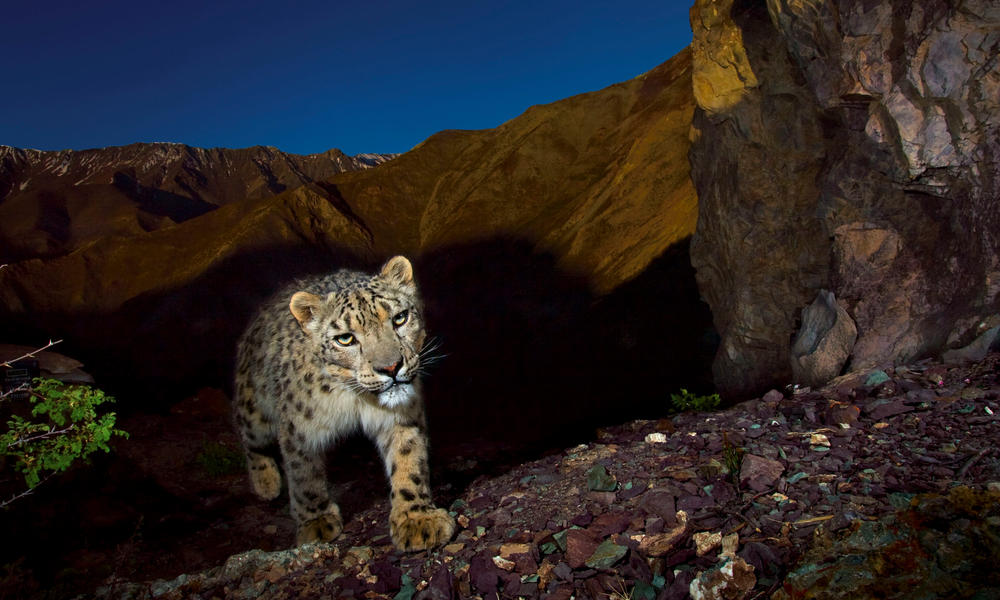

Pelts are sold by both hunters and herders – Tessa McGregor

Argali (Ovis ammon), the largest living wild sheep, native to the highlands of Central Asia. Argali is a Mongolian word for “ram.” There are eight subspecies of argali. {Encyclopaedia Britannica}
These beautiful wild cats are known as the “ghost of the mountains” because of their solitary and elusive nature. Since it is so rare to see two snow leopards together, there actually is no term for a group of snow leopards. They are capable of killing prey up to three times their own weight and eat blue sheep, Argali wild sheep, ibex, marmots, pikas, deer and other small mammals. The animals which snow leopards typically hunt — such as the Argali sheep — are also hunted by local communities.
Lots of people do forget that it is often by their own actions that wild animals come closer to the human habitat or come to find food by people. In Central Asia like in other parts of the world wild animals their natural prey becomes harder to find because man over-hunting. Snow leopards are often forced to kill livestock for survival, in many cases leading to retaliatory killings of snow leopards by local farmers or herders.

Machhapuchhare, a peak in the Great Himalaya Range, north-central Nepal.
Hunting, habitat loss, retaliatory killings, poaching and climate change are the biggest threats that snow leopards face. Snow leopard habitat range continues to decline from human settlement and increased use of grazing space. An other factor where humans are the cause of the disturbance in nature is pollution and climate change. Climate change poses perhaps the greatest long-term threat to snow leopards. Impacts from climate change could result in a loss of up to 30% of the snow leopard habitat in the Himalayas alone.
It is not because we are living far away from their habitat we can not do anything to help those endangered species.
People all over the world could let their voice been heard. They could ask governments in the 12 countries across the leopard’s range to increase the funds available to compensate herders whose animals are killed and to educate them, showing good ways of keeping nature in balance. all over the world people could help to build up funds to protect the animals and to help the population to receive extra materials to strengthen the pens, or corrals, where they keep their animals at night.
Focusing on herders – the bedrock of the local economy – also makes sense in regions where it is hard for rangers to protect leopards.
“These are very remote areas, so getting information on what’s going on and enforcement is very difficult,”
says Sharma.
“That’s why we need to focus more on community-based models, not just enforcement.”

Snow leopards play a key role as both top predator and as an indicator of the health of their high-altitude habitat. If snow leopards thrive, so will countless other species.
WWF’s work focuses on reducing human-leopard conflict and rural development, education for sustainable development, stopping mining in fragile snow leopard habitat, and the control of illegal wildlife trade. WWF also works with local communities to curb retaliatory kills by providing innovative solutions to mitigate human-snow leopard conflict.
***
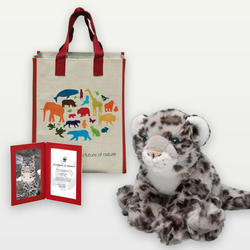 Adopt a Snow Leopard
Adopt a Snow Leopard
You can support WWF (WWF Europe) which works with local people and supports research and habitat conservation projects to protect these beautiful cats throughout their range.
Make a symbolic snow leopard adoption to help save some of the world’s most endangered animals from extinction and support WWF’s conservation efforts. In Belgium you may deduct your contribution from your income and for the adoption of an animal you can give once whatever you like or contribute a certain amount monthly.
Save Europe’s nature

***
+
Please do find to read:
- An Ounce of Prevention: Snow Leopard Crime Revisited – by Kristin Nowell, Juan Li, Mikhail Paltsyn and Rishi Kumar Sharma, Traffic Report
- Where do snow leopards live? And nine other snow leopard facts
- Hundreds of snow leopards being killed every year, report warns
- Hundreds of endangered wild snow leopards are killed each year
+++
Further reading
- Yara
- Tajikistan 2016
- Ghost of the Mountain
- Dailies: Snow Leopard
- Daily Cuteness by
- The Snow Leopards of Zhaxilawu Temple
- Snow leopards and sustainability
- Ramble 123: 5 reasons why snow leopards are my spirit animals
- Born in China (2017): New Trailer For Snow Leopard, Panda & Monkey Documentary From Disneynature
- Tracking the mystery of snow leopard populations
- Hundreds of snow leopards being killed every year, report warns
- The Cry of the Icemark by Stuart Hill
- Cambridge’s postgraduate pioneers
- It’s Saturday!
- Get wild in the city: The Saint Louis Zoo
- Weirdos at Korkeasaari – Helsinki Zoo
- Central Park Zoo
- Telos is in Trouble: Lucy the T-rex and the Snow Leopards
- Save Endangered Snow Leopards and Their Habitat
- Help me save snow leopards!
- Wild Animals
- Get Wild for Wildlife!
- tiger cubs
- Amur Leopards
- Bobcat Invasion
- I am not wearing camoflague
- Interesting facts about lions.
- Destination #2 : Refuge Pageau
- Wild Animal Training: A Glance at Circuses and Hediger’s Viewpoint
- Animals Don’t Belong At The Circus
- National Animal Safety and Protection Month
- Surfin’ Safari
- “TripAdvisor.com ends bookings to animal attractions”
- Take Care of the Animals!
- Lions, Tigers & Bears…Oh my!!! I ❤️ you all Ueno!!🇯🇵✌🏽️🐼🐯🦁
- Bald Eagle Rescued After Getting Trapped In Car’s Grill — CBS San Francisco
- This Real-Life Revenant Was Attacked By A Bear Twice In One Morning
- Grandview Aquarium, China
- Keep The Fox Hunting Ban
- Report Animal Cruelty
+++
Related articles presented by Zemanta

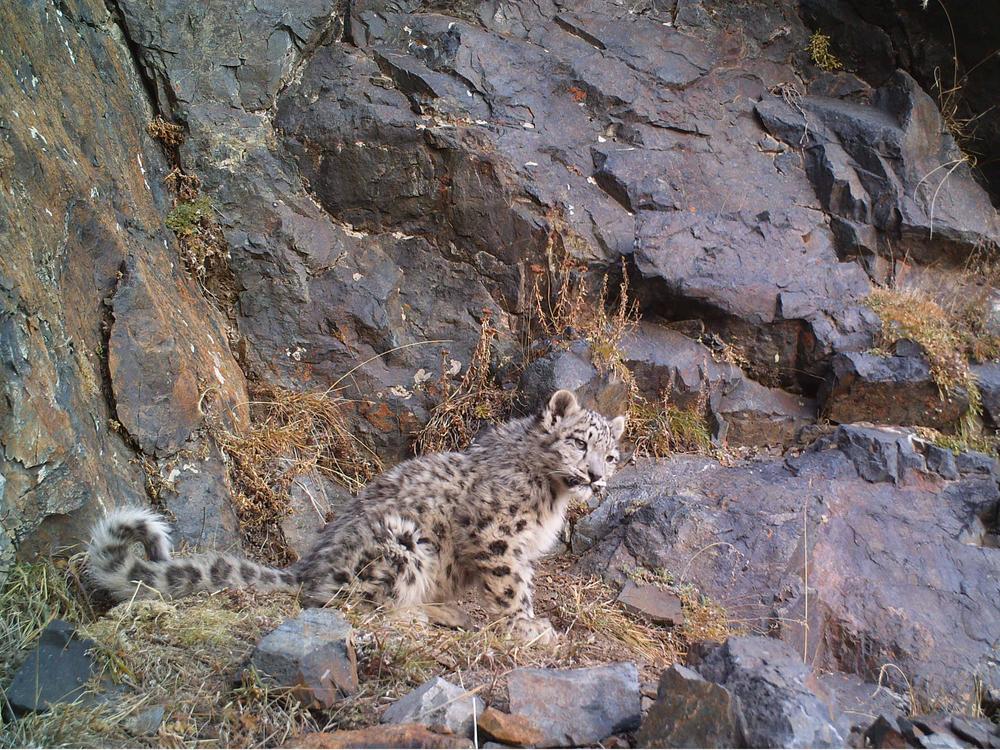




















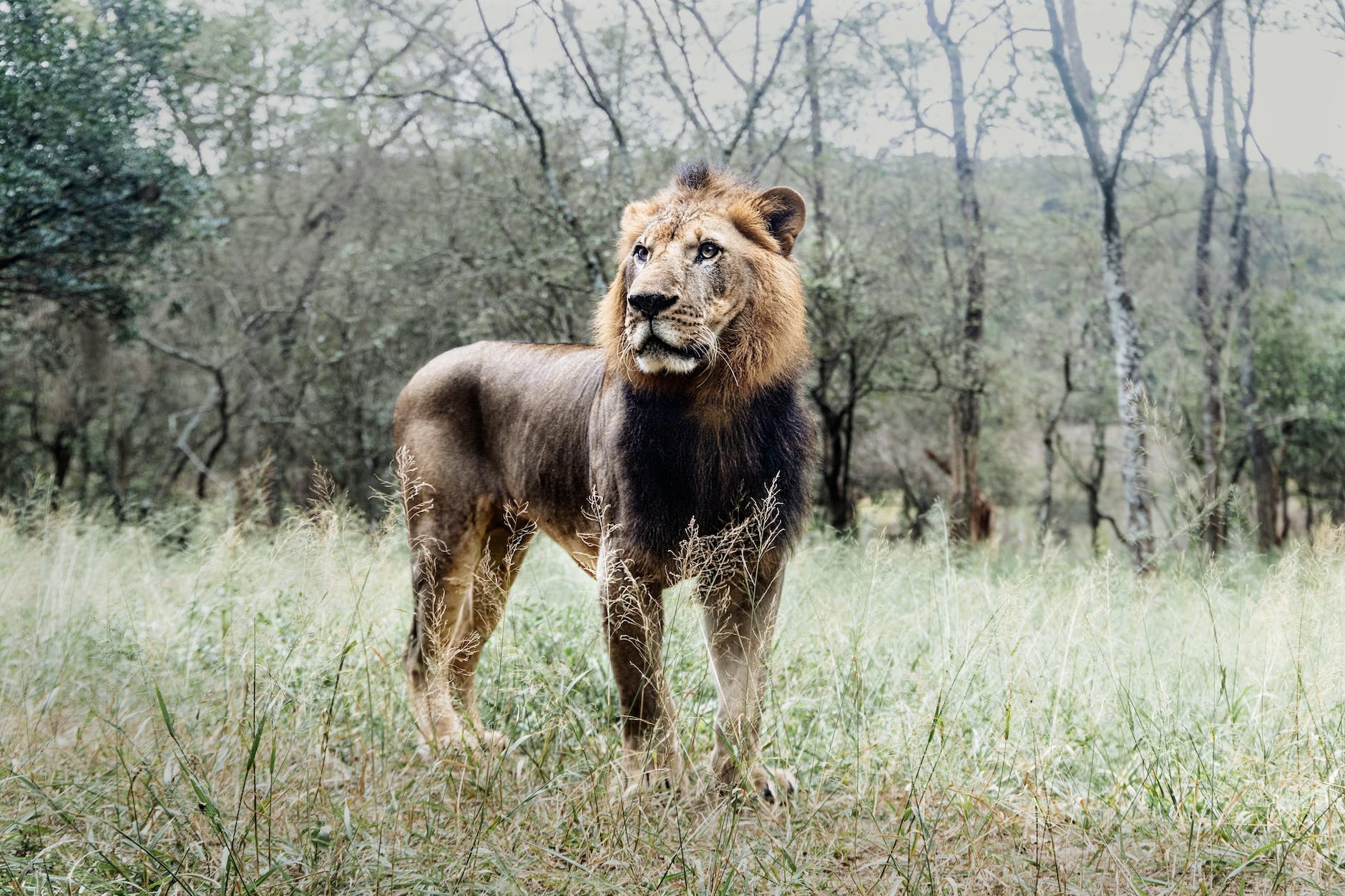
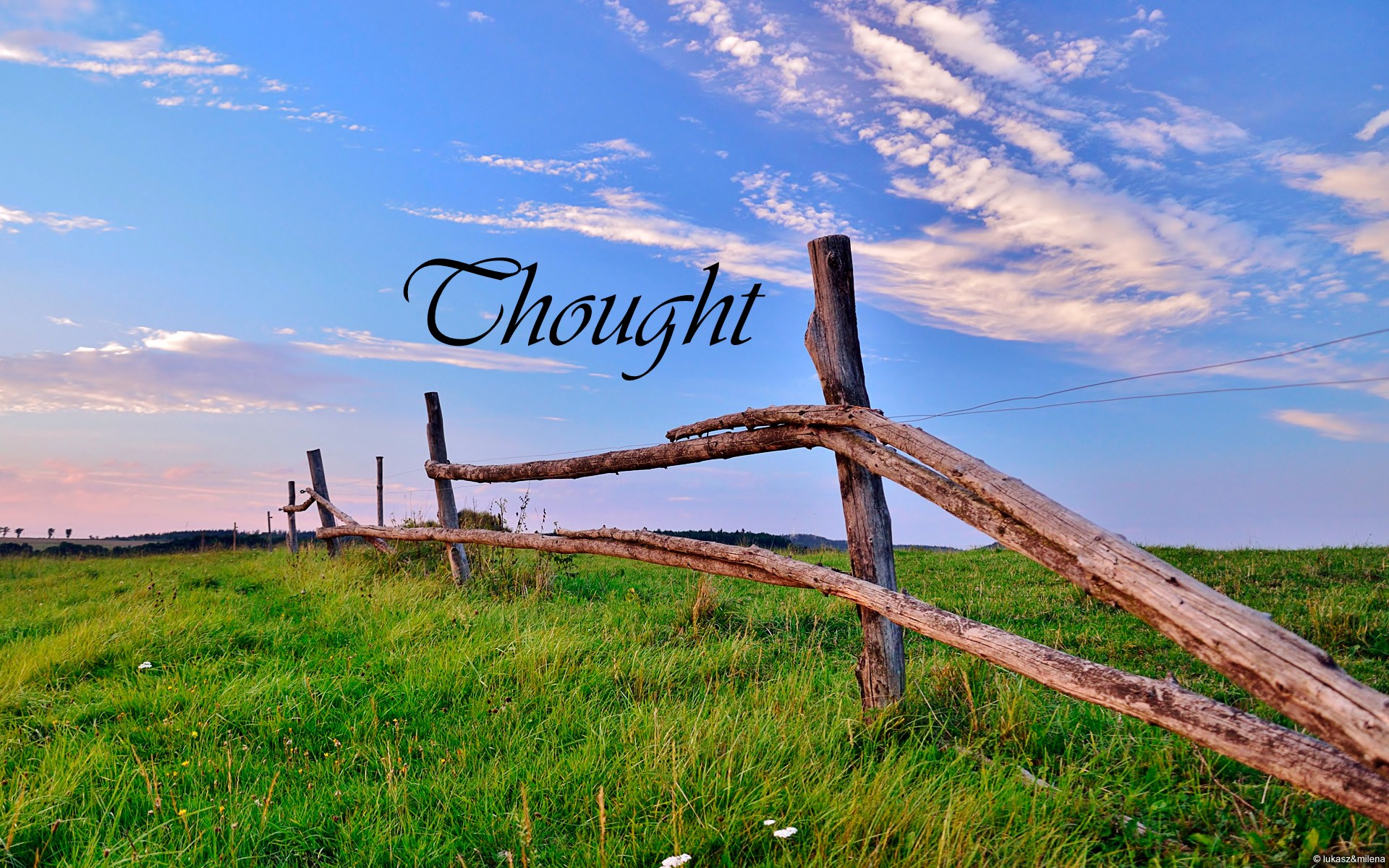


































Excellent and very interesting.
LikeLike
Thanks so much for referencing my blog post, “Get wild in the city: The Saint Louis Zoo.” I enjoyed your article, and hope that it will help educate others about these beautiful, endangered cats.
LikeLike
Pingback: Good reason to speak to climate deniers – Some View on the World